Cape Town Craft Club is a creative community that connects people over a shared love of making in a slower, more tactile way. Founded by Andie Reeves, a teacher and textile artist born and raised in Cape Town, the Club gathers people across the city to make things together, from embroidery and crochet to clay and collage, reminding us that making is special.
What began as small “craft nights” among friends in Andie’s living room has evolved into a thriving creative community. The Club now meets monthly across various venues, hosting inclusive, judgment-free gatherings where anyone, from seasoned makers to those who haven’t picked up a crayon since childhood, can spend a few hours creating, chatting, or simply soaking in the atmosphere. Alongside its regular meet-ups, the Club also runs Kind Craft Club, an initiative that turns craft into care through annual toy and blanket drives for children and communities in need.
In our conversation, Andie reflects on her own journey from sewing and embroidery to teaching and community-building, and the inspiration behind the Club’s mission to make crafting social again. We talked about Cape Town’s creative energy, the power of making things by hand, and how shared creativity can nurture connection in an increasingly individualised world.

Can you tell me a little about yourself: where you’re from, what your childhood was like? Did you always like crafts?
I was born and raised in Cape Town and have lived here my whole life, except for a short stint in London. My parents were both very creative. My dad was a photographer and a “why buy it if you can make it” kind of person who built all our furniture and constantly redecorated the house. My mom started as a model and later became a stylist. I grew up surrounded by that energy of making things, and my dad gave me my first sewing machine.
I was always drawn to arts and crafts, though I studied drama and music in school. After high school, my granny gave me her sewing machine because I’d broken my dad’s one, but that’s another story. I took a sewing course, and something just clicked. I was supposed to study drama, but after that course, I knew this was what I wanted to do. The feeling of sitting down to make something and ending the day with a piece you could wear was addictive. That excitement, the thought of “Oh my gosh, I can make my own clothes!”, still stays with me.
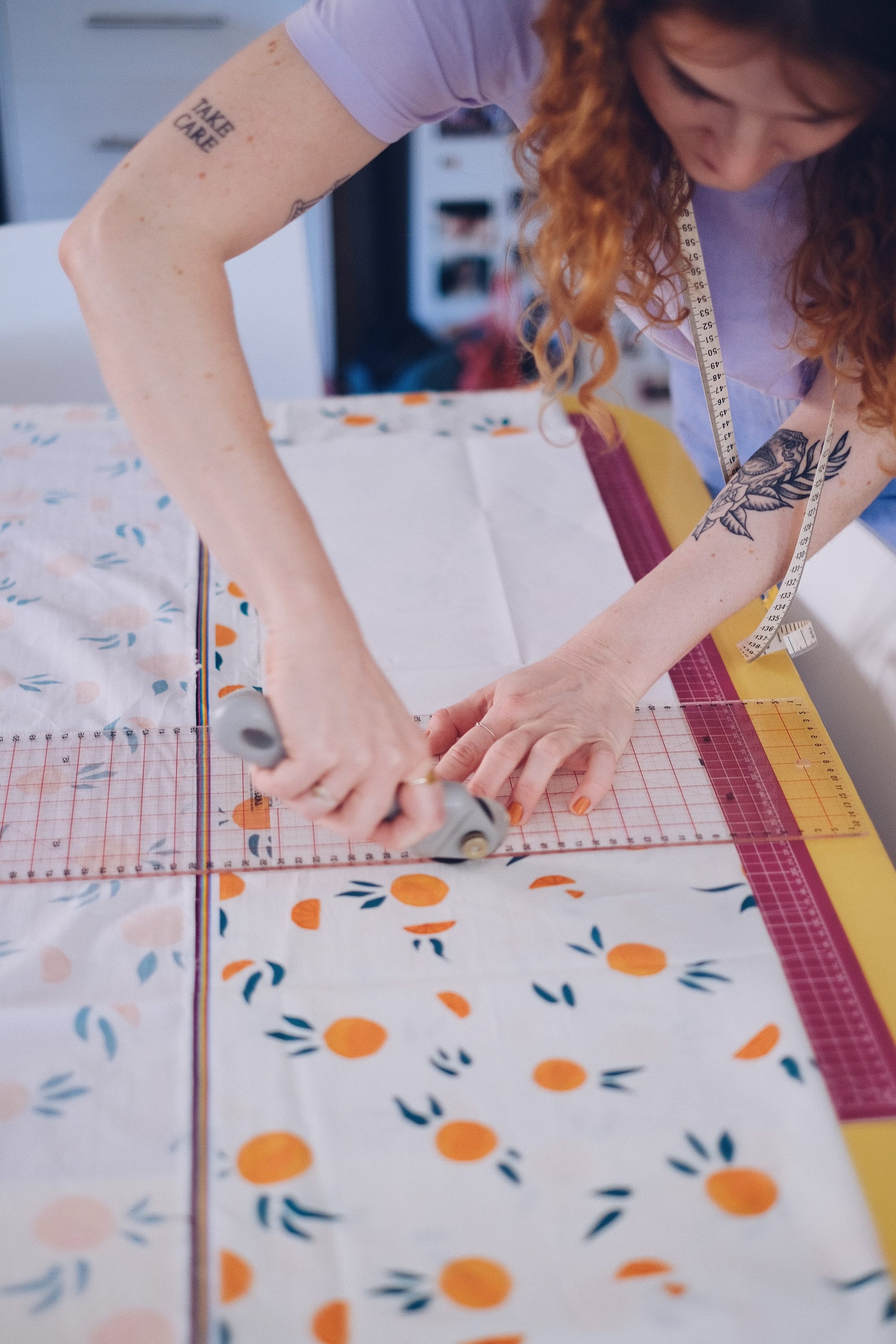
From there, I just kept sewing, learning mostly through trial and error. Later, I got an apprenticeship with a dressmaker, which was lucky because I wasn’t very good yet. She trained me for a year, and I learned everything on the job: pattern-making, working with fabrics, textures, all of it. After that, I started sewing clothes and selling them at markets. This was about 15 years ago, when markets were really booming in Cape Town. I’d sew during the week and sell on weekends.
Eventually, I wanted to make my clothes more unique, so I started learning embroidery, which led me to crochet, weaving, and a bit of knitting. That’s been my craft journey. I’ve always believed you can teach yourself anything. I’ve tried all sorts of crafts, like macramé and knitting, and sometimes something just clicks. For me, that’s sewing, embroidery, and crochet. Those are my favourites.
Thank you for sharing, that’s really fun. I agree with you on learning anything. To my next question, you started the Cape Town Craft Club. I want to take us back to the moment you started it. What inspired you to begin, and what were you hoping to create at that time?
I started teaching embroidery in 2017 after someone messaged me saying, “I’ve seen your embroidery on Instagram, would you like to teach a class at my venue?” So I began teaching embroidery workshops and later added crochet classes too.
I was teaching quite regularly, but during COVID I couldn’t run in-person sessions, except for a few mask-making workshops. Around that time, I started feeling a bit fatigued with the teaching side of things. I love crafting and being around people, but I didn’t enjoy being the one in charge, positioned as the expert, because I don’t really see myself that way. I prefer creating in a space where everyone is equal, where we can share knowledge, and there’s no pressure to perform. That feels much more fun.
I used to live with friends for about five years, and we were all creatives in some way. We’d have little art nights in the lounge, doing things like linocuts, painting plates, or crocheting toys. After COVID, we all moved into our own places, and I really missed that sense of creative togetherness.
So I started inviting friends over to my house for “craft nights.” It was so fun that I thought, “Oh my gosh, I should take this further.” I was making things and hanging out with people — my two favourite things. I approached a venue and pitched the idea of using the space for an evening where everyone pays a small fee per head.

At the time, around 2020 to 2021, community-focused events weren’t as common as they are now, so I had to sell the idea a bit harder. It was like, “You could do this at home for free, but here’s why it’s worth coming here.” In the beginning, I begged friends to come just to fill the room, but gradually, word spread. People came, they saw the benefit of crafting with others, and it grew from there.
Now, I keep the events small, usually capped at 24 people, and they often sell out without me doing much promotion, which feels amazing. It was definitely a hustle at first. I just wanted to create a space where people could meet new friends, because it’s hard to do that after university or school. As adults, you have to be more intentional about it.
I wanted a space where connection could happen more naturally, like it did at school, when friendships formed effortlessly. As adults, meeting up often means scheduling coffee or dinner, which is lovely but can feel intense. At craft night, you can crochet quietly for a while, then join a conversation, then drift back into your own space. It’s a relaxed way to socialise, and I think that resonates with a lot of people, especially introverts.
Some people come and barely talk, but later say, “I had so much fun just listening to everyone’s conversations.” That’s exactly what I wanted to create: a space to meet people, feel inspired, and learn from each other. Someone might bring a craft I’ve never tried, or I’ll spot a new technique, or I’ll ask, “Hey, what do you think about this colour?” and get a whole room of creative opinions. That kind of exchange feels really special.

You also mentioned that, at first, this sense of community or having clubs started as a trend, but then it became something more. I want to touch on that. Why do you think people still crave these kinds of spaces? What’s the difference between doing it at home and doing it within that space, within that community?
Doing it at home is fun. You can listen to your favourite podcast or watch a series, but I think more people are starting to see the value in pushing themselves out of their comfort zones.
If you always take the approach of, “It’s easier and cheaper to stay in and crochet while binge-watching The Office,” that’s great for a day or two. But ten days later, you might realise, “I haven’t really chatted to anyone,” or, “I haven’t laughed in a while.” People are realising how important it is to step out of their bubbles sometimes.
At Craft Night, we get people from all walks of life, and you get to hear different points of view and meet all kinds of people. It’s very different from being at home with your partner or close friends, which is obviously lovely too. But sometimes you need to do something outside of that, even if it feels like a bit of a gamble. Maybe you won’t sit next to someone you instantly connect with, or maybe you’ll come alone, but if you push through, it’s usually worth it.
More people are starting to appreciate the beauty of talking to those who are different from them or outside their usual circles. People often say Capetonians can be quite cliquey and not very open to making new friends, so we get a lot of out-of-towners, people new to the city, tourists, and digital nomads. They’re looking for community, and they find it here.
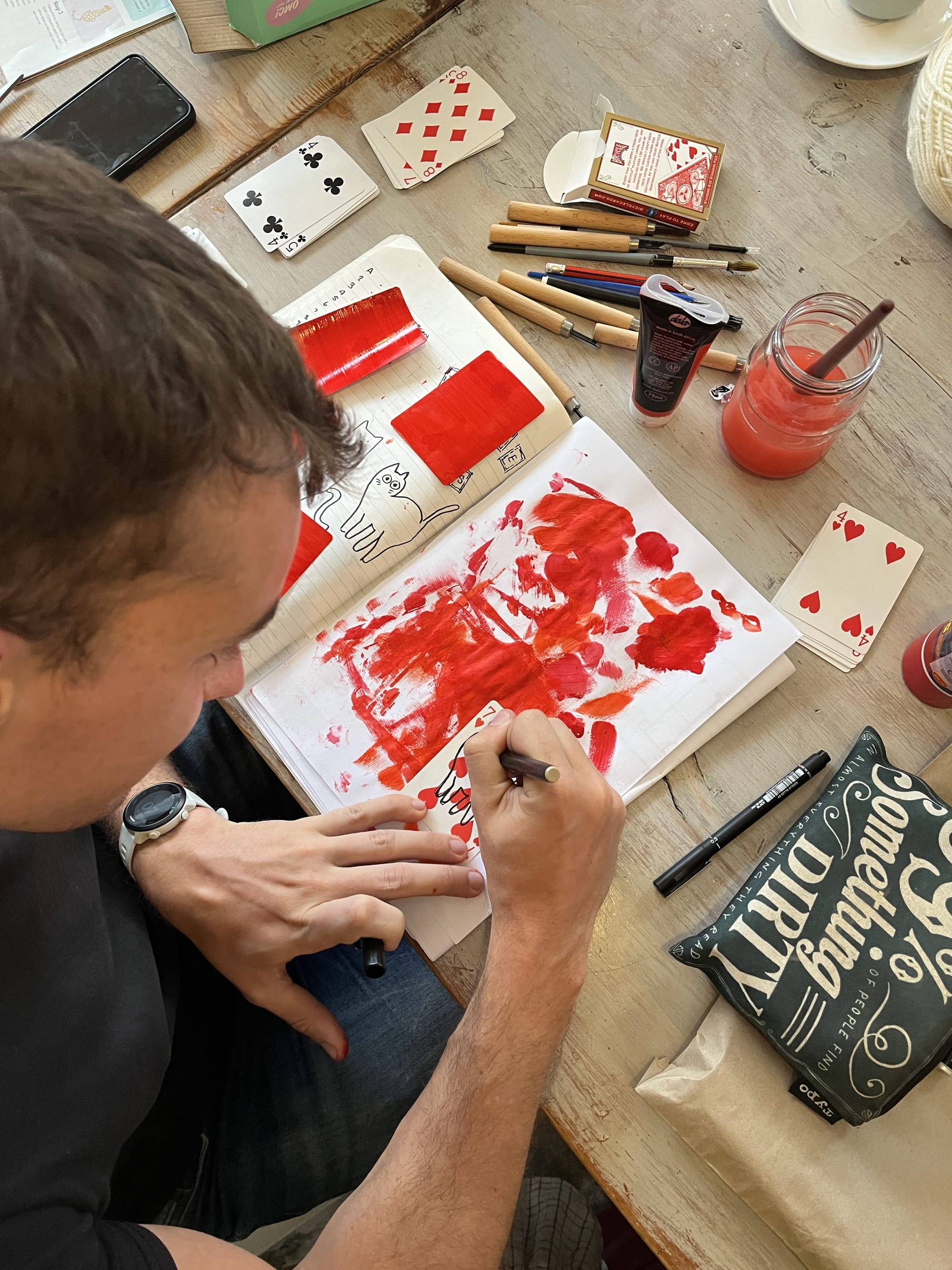
What role do you think the city plays in shaping the vision for the club? Is there something about Cape Town’s creative energy or culture that makes it the right place for this kind of community?
I don’t really agree with the idea that Cape Town is cliquey. In my experience, people here are generally very warm. And honestly, the kind of person who comes to an event like this is already open and friendly.
It’s not just Craft Club; it’s all these kinds of events that are popping up. If you’re open enough to show up to something like this, you’re probably easy to talk to and nice to be around.
Cape Town is a very creative city, especially the CBD, which is where most of my events happen, rather than the suburbs. Everyone here seems to have some sort of side gig or creative outlet. Someone might have a nine-to-five, but in the evenings, they’re crocheting toys or working on an art project. There’s so much creative energy in the city, and I think that really fuels things. The city has this exciting energy, especially as we move into summer. People seem more open then. In winter, things definitely slow down and ticket sales drop because everyone, myself included, just wants to stay in.
But I do think there’s something kind of magical about Cape Town, not to sound corny. There’s this buzz and excitement that makes it such an inspiring place. It feels like things are possible here.
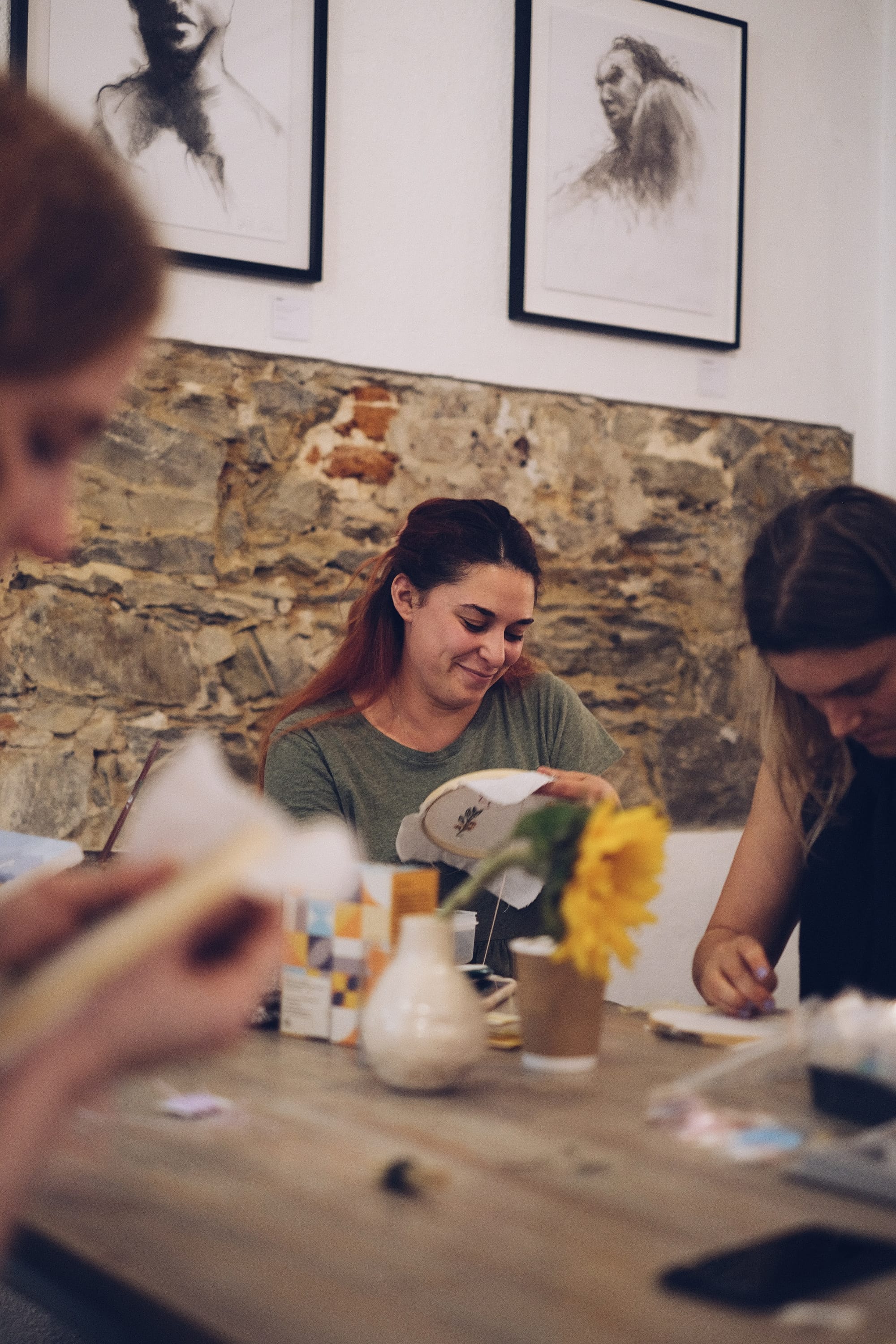
That’s lovely. Speaking of excitement and bringing people together, different kinds of people come to the club, from introverts to digital nomads. The club is open to absolutely anyone and everyone. How do you nurture that sense of inclusivity and belonging, even for people who’ve never crafted before?
I try to play a very active role during the evening. If someone comes alone, I make sure they feel included. It’s always a mix; some people come with friends, some meet friends there. But if someone arrives by themselves, I’ll chat with them, ask what they’re working on, and sit with them for a bit until someone else joins.
I take hosting very seriously. I read this amazing book called The Art of Gathering, which really inspired me. It reminded me that you can’t just say, “Everyone, come and have fun.” You have to put in the effort and ask, “How can I make everyone feel welcome and at ease? How can I make this a good experience for everyone?”
A huge part of it is welcoming people as they arrive and helping them feel settled and safe in the space. I move around the room throughout the night, chatting with people. If I notice someone sitting alone or not engaging much, I’ll go hang out with them for a while.
What’s nice is that there’s already an instant icebreaker built into the event since everyone’s doing something with their hands. It’s such an easy, natural way to connect. You don’t have to talk about work or where you went to school, the usual small talk. The crowd is mostly people between 21 and 38, but we do get some older women too, and I always encourage more of them to come.
A lot of older women feel insecure about being “the older person” at the event, which I totally understand. Last night, someone asked, “Is it okay that I’m here?” and I said, of course! Every time someone from either end of the age spectrum joins, it adds something special. We’ve even had an eight-year-old come before.
I also make one ticket free for whoever wants it, no questions asked. That way, if someone can’t afford it, they can still come. Obviously, I have to cover venue hire and admin costs, but I wanted to make it a little more accessible.
I introduced that policy this year after a wake-up moment. I was in a fabric store where one of my event posters was up, and I overheard someone say, “Oh, I’d love to go, but that’s really expensive.” And I thought, wow. It was affordable to me, it’s R150, about the cost of a cocktail, but that’s my experience. Cape Town is such an unequal place, and what feels affordable to me might not be for someone else. So, it’s not a huge gesture, but it’s something I can do, offering one free ticket that anyone can claim, completely anonymously.
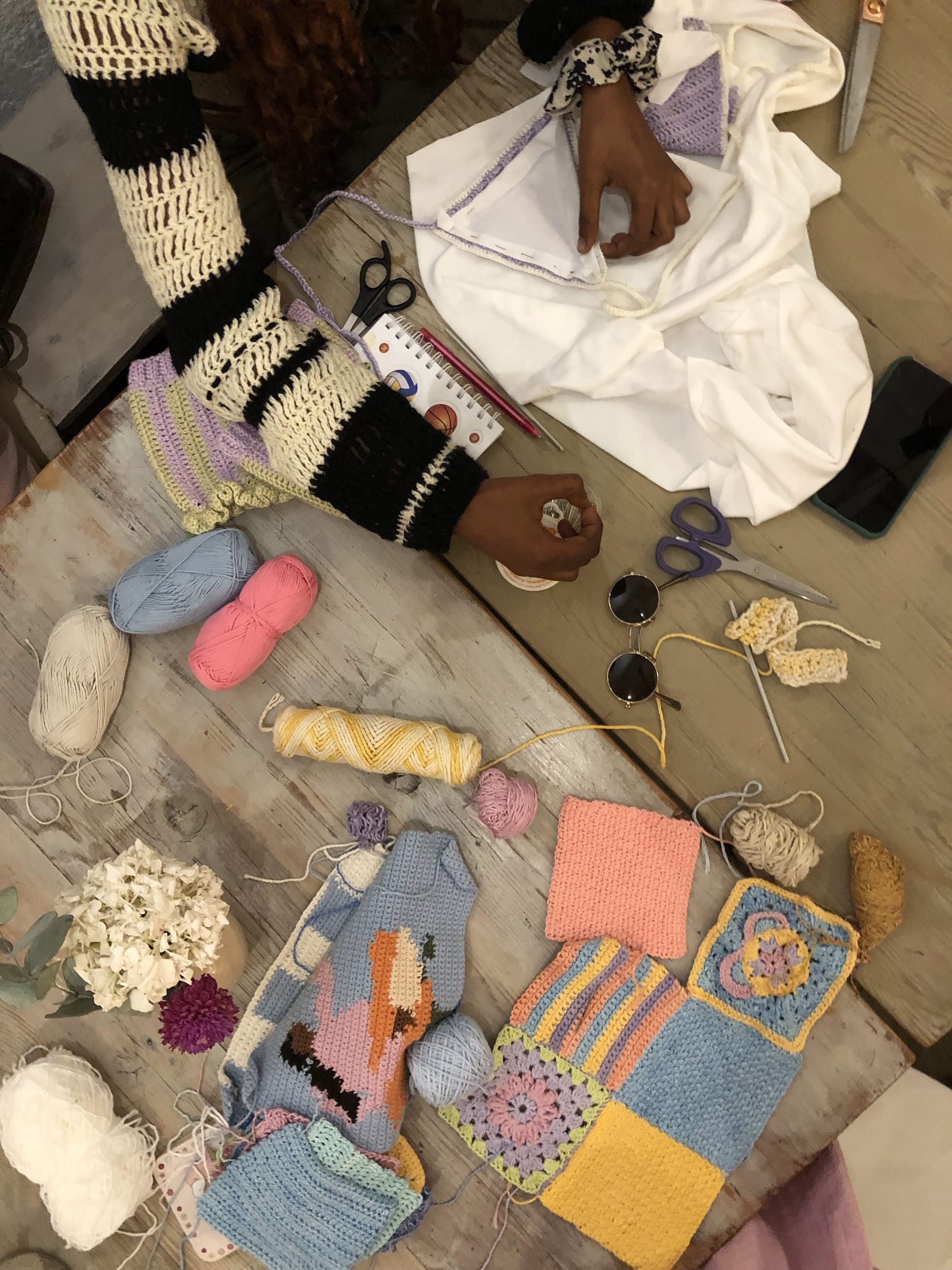
I love that the space is inclusive, especially when it comes to different ages. A lot of spaces feel so youth-focused, and that’s great, but it’s nice to have that mix.
And speaking of the gesture, which I think is a thoughtful initiative, you also have the Kind Craft Club that you do yearly, where you turn creativity into an act of kindness and solidarity. I wanted to know how that side of the community came about, who’s involved, and how you handle it.
Yeah, that’s a really fun part of the year. It’s a lot of admin, but it brings me so much joy. During COVID, I did a blanket drive because everyone was looking for ways to feel connected and give back. I organised a square drive for Mandela Day and collected about 900 squares. Sewing all the blankets together was a nightmare, but it was amazing to see what we could achieve just through my Instagram community. We ended up making about 20 sunny blankets from just a few posts. I thought, “Wow, what else could I do?” Drives asking for beanies or blankets are great, but they can feel a bit impersonal.

So I started speaking directly with children’s homes, asking the kids what animals they liked so they could receive something they actually wanted. Each year we work with a different home. I ask the kids, “What’s your favourite animal?” I make a list, post it on Instagram, and people claim the animals almost instantly. Some years we’ve had around 72 animals made by people across the country. They send them to me, and I deliver them to the home in time for Christmas. Each child gets a toy made especially for them, and at a really high quality, because my community is so talented. These aren’t full-time artists, just people who love crafting in their spare time.
It’s such a fun project. I also run donation drives and other initiatives. At the moment, I’m working with a home for adults with intellectual disabilities. I’ve organised volunteers and raised lots of donations. It’s been amazing to see how generous people are and how much the community wants to come together to give back.

I really like that. Thank you so much for starting that initiative and giving back. My last question would be, as you look back at 2025, now that the year is almost over, you’ve been making, connecting, and creating. What would you say you’ve learned about community? And what are you most excited about for the coming year?
I used to feel insecure about charging for what I do. I thought someone might say, “Why are we paying you? You’re just putting people in a room.” That was my inner demon talking. But this year, I did a survey with Craft Club members, and so many people said it was totally worth it and that they were happy to pay. It was really affirming to know that people value what I do and the community we’ve built. Of course, I’m nothing without the people who come.
I’ve also learned how generous people are. I usually do one charity drive a year, but this year I’ve done two. People donated boxes of beautiful wool and fabric, not just scraps, and they’re happy to give their time too. It’s so nice to see how much people want to help, give back, and support crafting and the work we do.
Looking ahead, the events have really started to pick up. One event sold out after I posted about it just once on Instagram, and I was like, “Oh my gosh, that’s so exciting.” When I first started, I was running events weekly, but there wasn’t enough traction, so I switched to once a month. Now I’m thinking of doing two or even three a month, which would be really cool. More people have been reaching out for collaborations or just to say they see the value in what I’m doing, which feels so affirming.
We’ve also had lots of new venues reaching out to host us, which is great. I’m excited to meet more people and collaborate with more creatives. I’ve recently worked with Open Book Fest, the Silent Reading Club, and my favourite restaurant, Arthur’s Mini — lots of cool things happening.
I’m also collaborating with a friend on events focused on mindful connection. We’ll have “conversation menus,” prompts that get people asking each other deeper questions while crafting. So, crafting, but a little more conscious and thoughtful. We’ve got a few of those events planned, and I’m really excited.
That’s super exciting. Thank you so much for this.

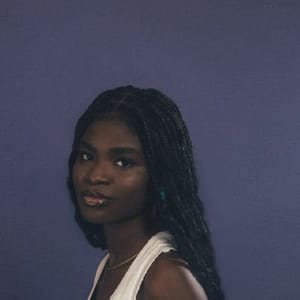
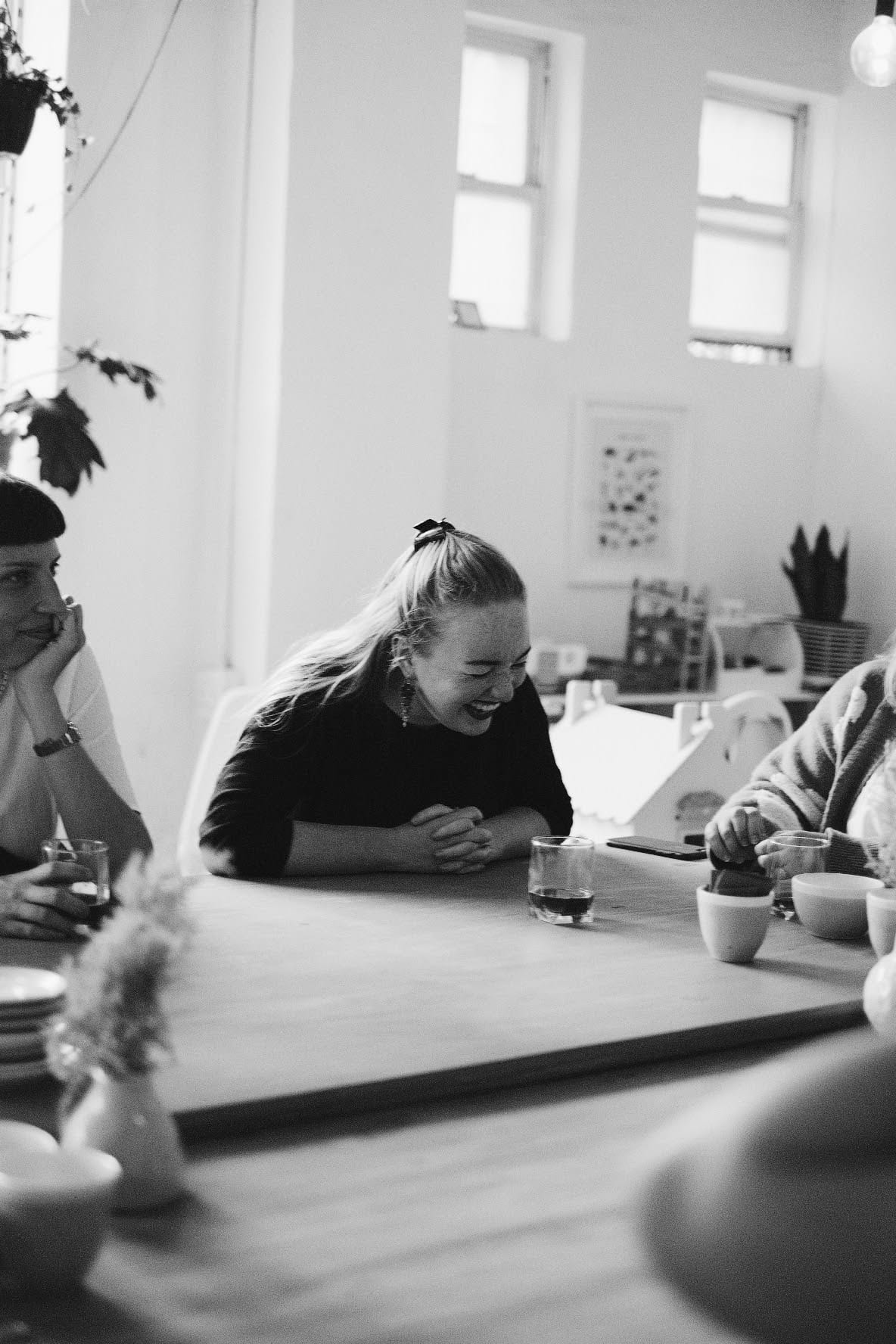

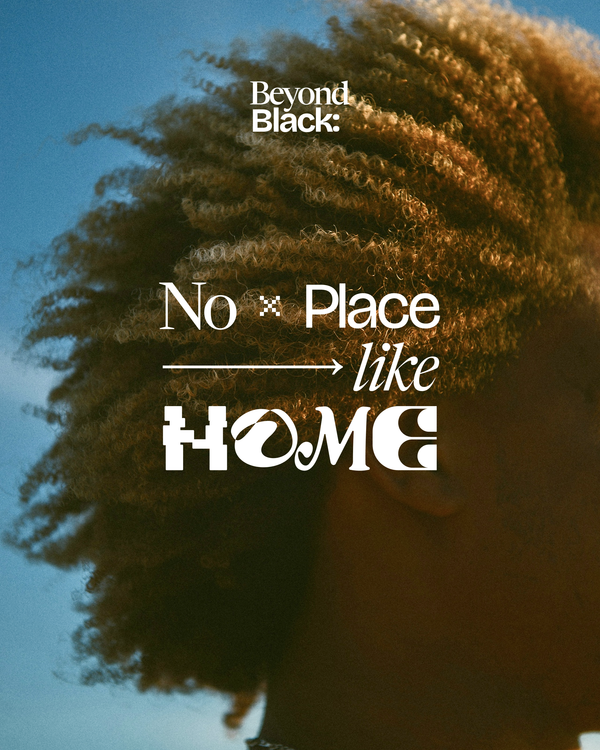
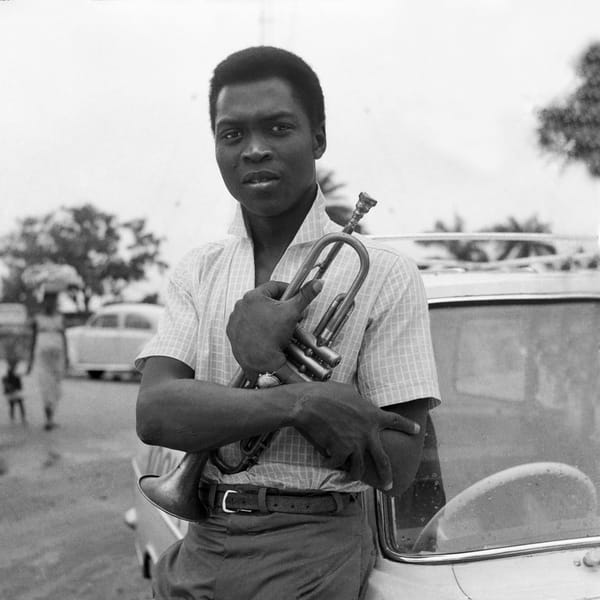

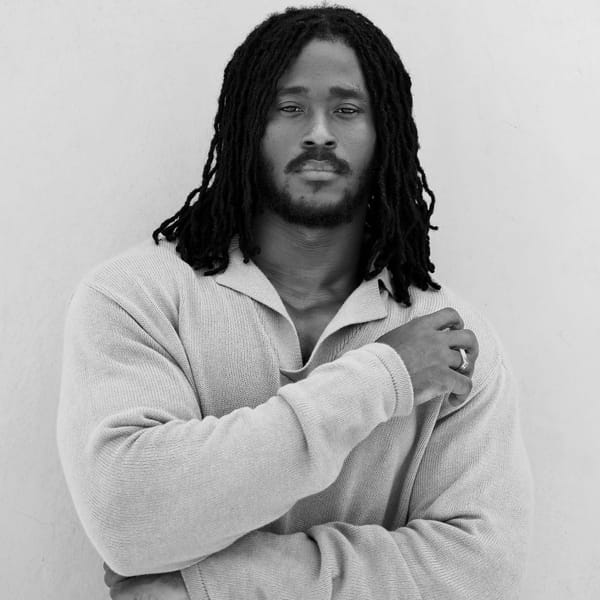


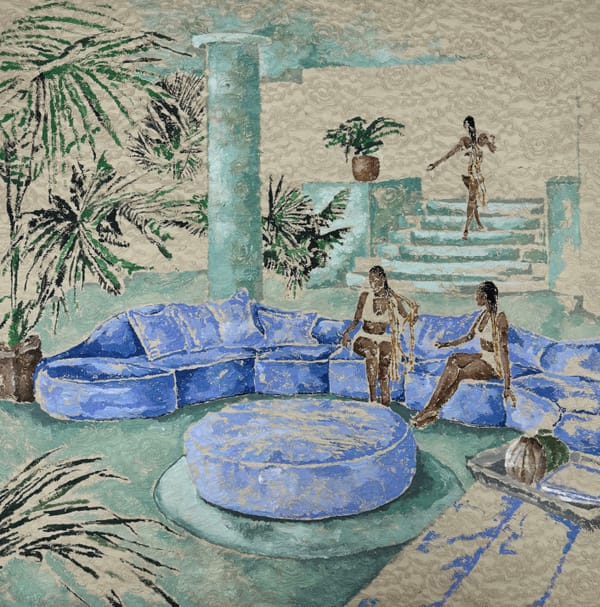
Member discussion